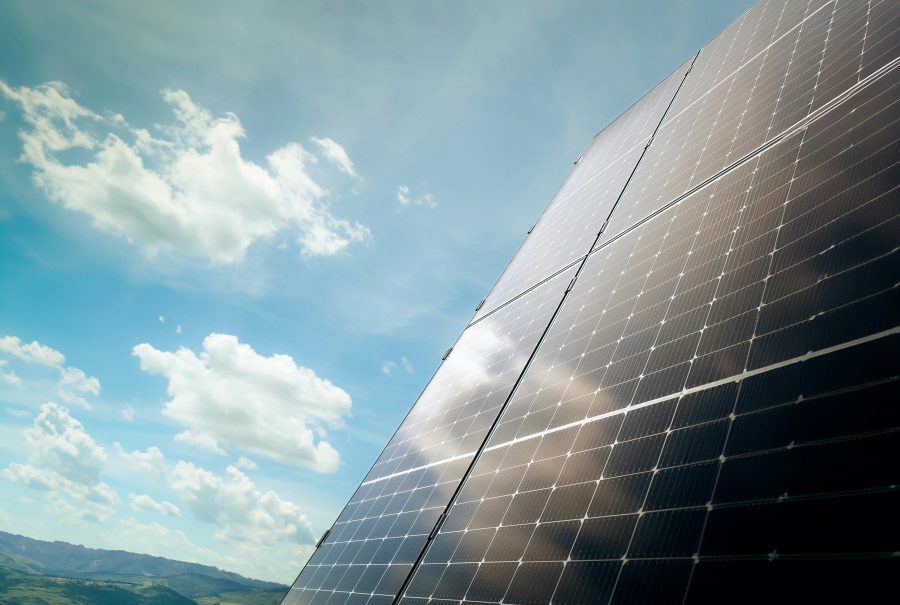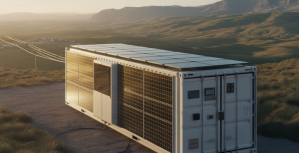Understanding Solar Panel Tariffs in Ireland
A Guide for Homeowners As more Irish homeowners invest in solar panels, understanding how tariffs work has become increasingly important.
Solar panel tariffs, particularly those associated with exporting excess electricity back to the grid, can significantly impact the financial benefits of your solar energy system.
This blog will explore the various solar panel tariffs available in Ireland, how they affect your energy savings, and what you should consider when evaluating your options.
What Are Solar Panel Tariffs?
Solar panel tariffs refer to the rates paid to homeowners for the electricity generated by their solar panels. In Ireland, these tariffs are primarily associated with the export of surplus energy back to the national grid. When your solar panels produce more electricity than your home consumes, the excess energy can be fed back into the grid, and you are compensated through a tariff. There are two main types of tariffs relevant to solar panel owners in Ireland:
1. Feed-in Tariffs (FiTs):
Traditionally, feed-in tariffs were payments made to homeowners for the electricity generated by their solar panels, whether used on-site or exported to the grid. However, in Ireland, the focus has shifted more toward export tariffs.
2. **Microgeneration Support Scheme (MSS) Export Tariffs:
These are the payments homeowners receive specifically for the excess electricity they export back to the grid under the Microgeneration Support Scheme, which is part of Ireland’s broader strategy to increase renewable energy adoption.
The Microgeneration Support Scheme (MSS) The Microgeneration Support Scheme is a key component of Ireland’s plan to reach its renewable energy targets.
Under this scheme, homeowners with solar PV systems can receive payments for the surplus electricity they export to the grid. This initiative not only supports Ireland’s transition to renewable energy but also helps homeowners maximize the financial return on their solar investment.
How Does the MSS Export Tariff Work?
The MSS export tariff allows homeowners to sell excess electricity generated by their solar panels to the national grid. This is particularly useful during periods when your system produces more electricity than your home needs, such as during sunny days when you’re not using much power. Key points to understand about the MSS export tariff: – **Eligibility:** To qualify for the MSS export tariff, your solar PV system must be registered and meet the technical requirements set by the energy regulator.
Rates:
The rates offered for exporting electricity can vary depending on the energy provider and the time of day.
As of 2024, most energy providers in Ireland offer between €0.13 and €0.20 per kilowatt-hour (kWh) for exported electricity. –
Billing and Payments
The export tariff payments are typically credited to your energy bill. Some energy providers may offer direct payments, depending on your agreement.
Evaluating Solar Panel Tariffs
What to Consider When assessing the potential financial benefits of solar panel tariffs in Ireland, there are several factors to consider:
1. The Size of Your Solar PV System
The size of your solar panel system will directly affect how much surplus electricity you can generate. Larger systems are more likely to produce excess energy that can be exported to the grid, maximizing the benefits of the MSS export tariff. However, it’s important to balance system size with your energy consumption needs to avoid oversizing, which could reduce the overall return on investment.
2. Energy Consumption Patterns
Your daily and seasonal energy usage patterns play a significant role in determining how much electricity you will export. For example, if you’re often away during the day when the sun is shining, your system is likely to generate more surplus energy, which can be sold back to the grid. Conversely, if your energy consumption aligns closely with your solar production, you may have less excess energy to export.
3. The Tariff Rate Offered by Your Energy Provider
Different energy providers offer different rates for exported electricity, so it’s crucial to compare offers. Some providers might offer higher rates but have other conditions attached, such as time-of-use rates or minimum contract lengths. Carefully review these details to ensure you’re getting the best deal for your circumstances.
4. The SEAI Grant and Upfront Costs
While tariffs are a great way to earn back some of the investment in your solar PV system, the initial costs of installation are also a factor. The Sustainable Energy Authority of Ireland (SEAI) offers grants to help reduce these upfront costs, but it’s important to calculate your total return, including both the grant and the potential tariff earnings.
5. Future Tariff Stability
It’s also wise to consider the long-term stability of the tariffs. While current rates are attractive, future changes in policy or market conditions could affect the value of the export tariffs. Keeping abreast of any regulatory changes and understanding how they might impact your financial returns is essential.
The Financial Impact of Solar Panel Tariffs
Solar panel tariffs can have a significant impact on the overall financial return of your solar PV system. By selling excess energy back to the grid, you can offset your electricity bills and shorten the payback period of your solar investment.
Here’s a simplified example:
System Size: 4 kWp solar PV system
Annual Energy Production: 4,200 kWh
Household Consumption: 3,000 kWh (assumed)
Excess Energy Exported: 1,200 kWh
Tariff Rate:** €0.18 per kWh
the homeowner would receive approximately €216 annually from the MSS export tariff.
Over a 25-year period, this could amount to more than €5,000, significantly enhancing the overall return on investment.
Conclusion:
Maximizing Your Solar Panel Investment with Tariffs Understanding and leveraging solar panel tariffs in Ireland is crucial for maximizing the financial benefits of your solar PV system. The Microgeneration Support Scheme’s export tariff provides a valuable opportunity for homeowners to earn money from surplus electricity, making solar energy an even more attractive investment.
As you consider installing solar panels, be sure to evaluate your potential export capacity, compare energy provider rates, and factor in the SEAI grant.
By doing so, you can ensure that you’re making a well-informed decision that will not only reduce your carbon footprint but also deliver strong financial returns for years to come.
Switching to solar energy in Ireland is not just a sustainable choice—it’s a smart financial move.
With the right system and a good understanding of how tariffs work, you can optimize your investment and contribute to a greener future for Ireland.
Share It on :





